 More than 41,000 young girls worldwide are subject to child marriage each day. However, on February 27, 2022, the legal age of marriage in England and Wales had risen to 18 years old. Under the Marriage and Civil Partnership (Minimum Age) Act 2022, this is the case for forced, unforced and “traditional” ceremonies that are legally non-binding, but which the parties and their families still view as marriages.
More than 41,000 young girls worldwide are subject to child marriage each day. However, on February 27, 2022, the legal age of marriage in England and Wales had risen to 18 years old. Under the Marriage and Civil Partnership (Minimum Age) Act 2022, this is the case for forced, unforced and “traditional” ceremonies that are legally non-binding, but which the parties and their families still view as marriages.
Karma Nirvana campaigned for a long 10 years to fight for the legal age to increase from 16 to 18 to help prevent child marriage in Wales. The “huge leap forward” in tackling “this usually hidden abuse,” said Natasha Rattu, director of the Karma Nirvana charity, which is a member of the Girls Not Brides Coalition exemplifies the progression that is occurring in tackling this truly disgusting arrangement, according to the U.K. Government’s official website.
Legislation and Challenges
Before February 2022, 16 and 17-year-olds could get married or be in civil partnership with parental/guardian consent. Following the passing of the legislation, getting married or a civil partnership under the age of 18 is now illegal and a criminal offence. Causing a child to get married under the age of 18 could result in a prison sentence of up to seven years. Deputy Prime Minister, Lord Chancellor and Secretary of State for Justice, Dominic Raab MP, said “This law will better protect vulnerable people, by cracking down on forced marriage in our society,” according to the U.K. Government’s official website.
Despite the law being effective in England and Wales, the same cannot be said abroad. Many children are being taken abroad to marry underage. In its 2023 case study, Karma Nirvana reports on a 13-year-old girl whose mother took her to Pakistan to marry her cousin aged 19. Despite social services working on raising awareness, some people did not take the situation seriously.
Child Marriage and Poverty
Around 30% of children in Wales are living in poverty and child marriage could only worsen this figure. Underage marriage and civil partnerships are often people from deprived backgrounds so if the child is part of that 30% then the vicious cycle of poverty could only continue into the next generation. For example, in Africa, girls from socioeconomically disadvantaged families are two times more likely to marry before 18 than girls from wealthier families.
Child marriage deprives girls of “opportunities, education and access to paid employment.” When girls are married young they are much less likely to attend the legal requirement of education and stay in the educational system until they are 18 years old.
Cases
In the U.K., the Home Office’s Forced Marriage Unit supported more than 1,400 suspected cases of forced child marriage in 2016. Also, according to official government data, there were 1,009 marriages involving at least one individual under 18 in England and Wales in 2018. About 165 children in England and Wales were at risk of child marriage between 2018-2019. In 2021, the government’s forced marriage unit provided advice or support in 118 cases involving victims aged under 18.
Despite the law being passed, officially there are “no applicable” records to show the progression made since the law was made. In the hope that the figures have decreased behind closed doors and since child marriage has become illegal, the effects have only been positive for victims who are subjected to unlawful underage marriage.
– Sadie Virgin
Sadie is based in Newport, UK and focuses on World News for The Borgen Project.
Photo: Pixabay

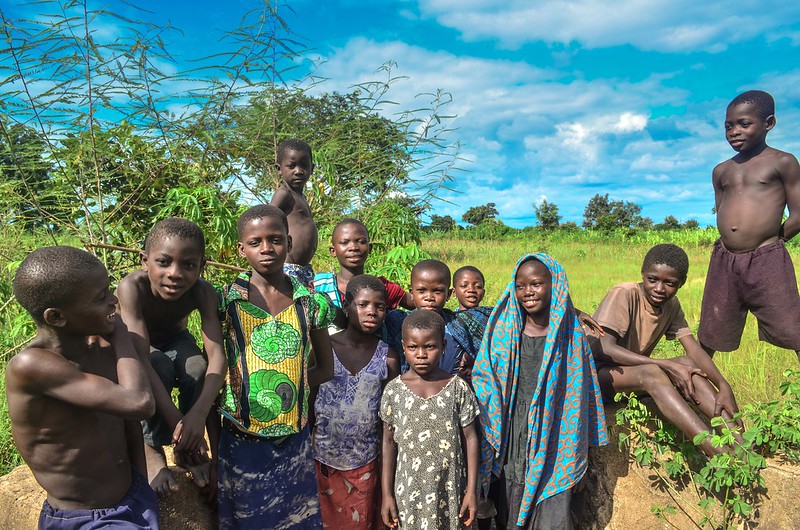
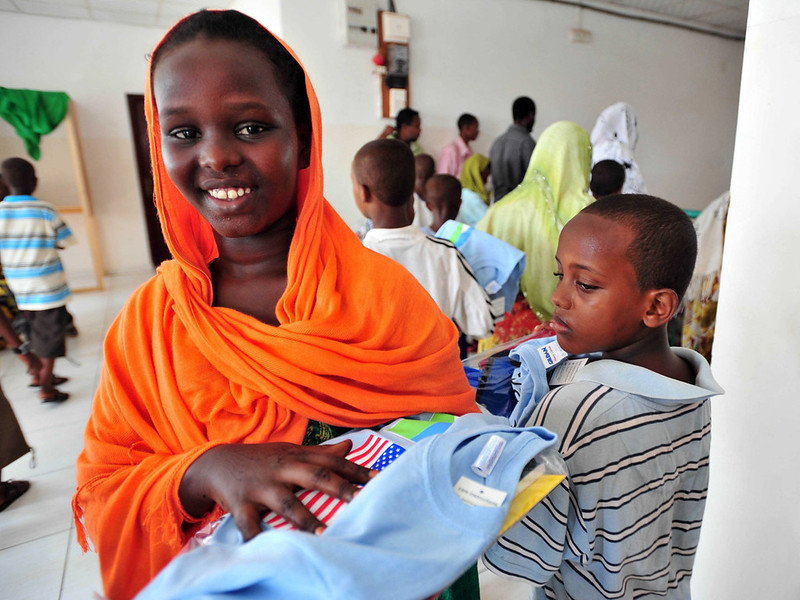 The Republic of Djibouti is
The Republic of Djibouti is 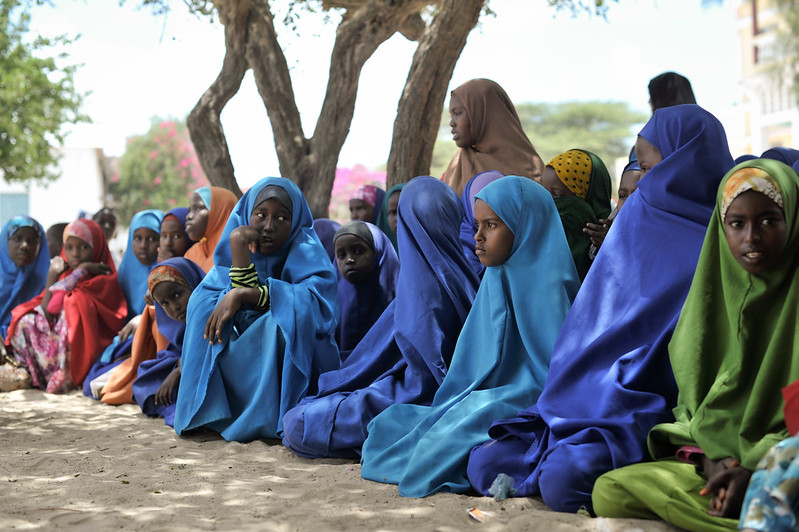
 Moldova, nestled between Romania and Ukraine in Eastern Europe, faces significant challenges with
Moldova, nestled between Romania and Ukraine in Eastern Europe, faces significant challenges with 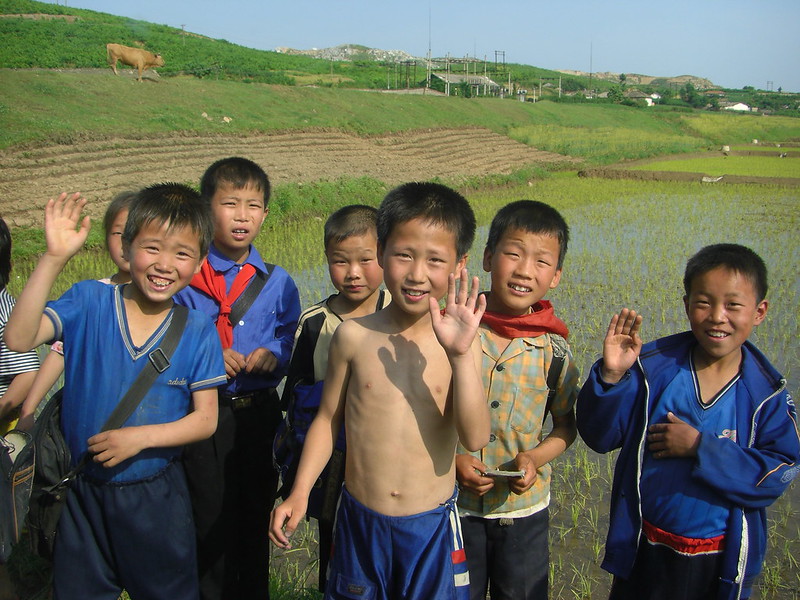 ChildFund’s support for impoverished Korean children aims to address the broader
ChildFund’s support for impoverished Korean children aims to address the broader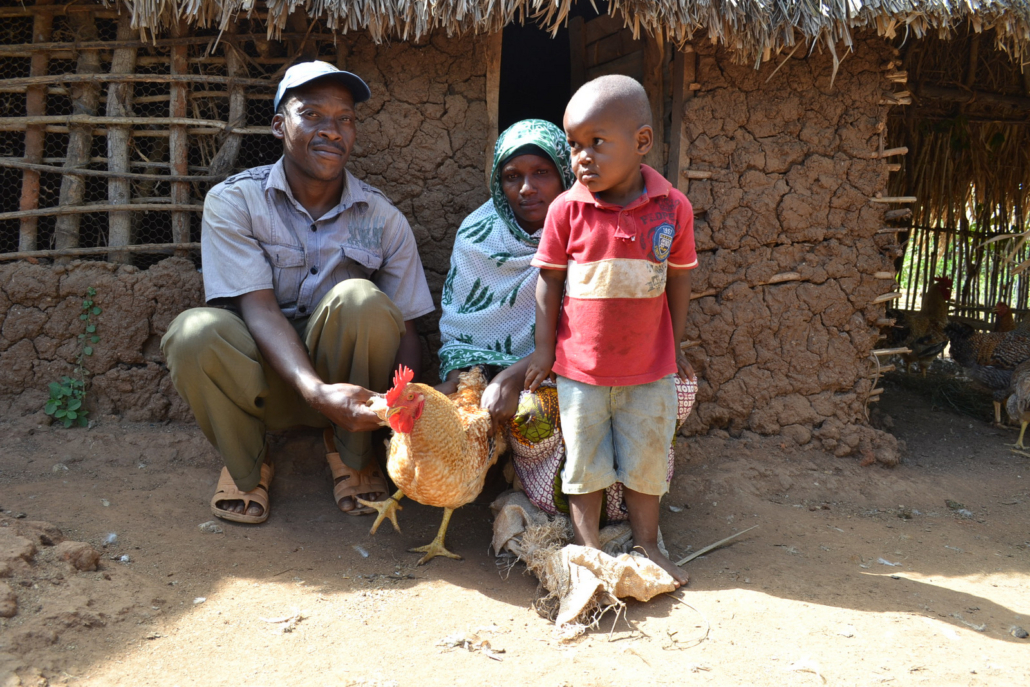
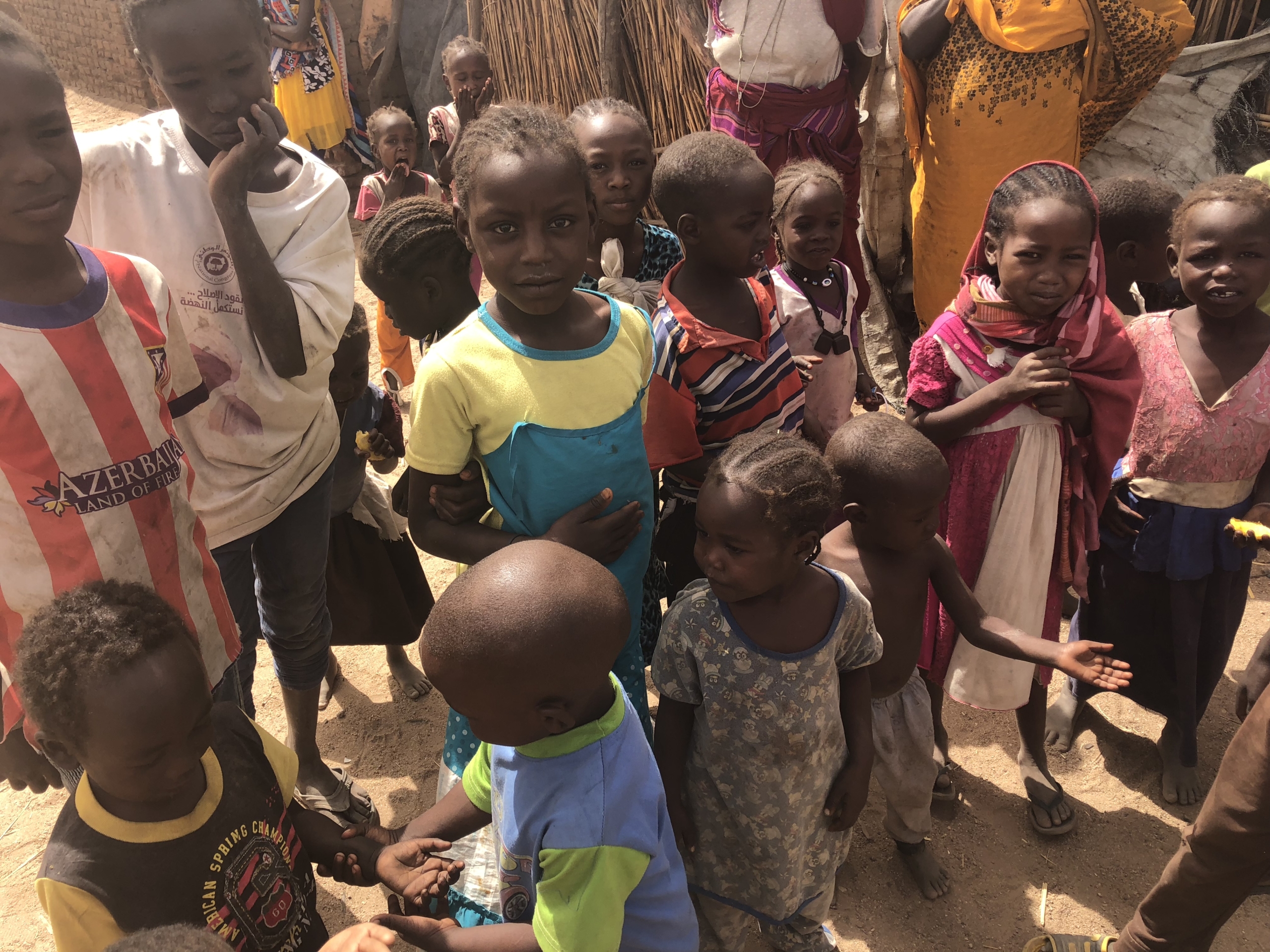
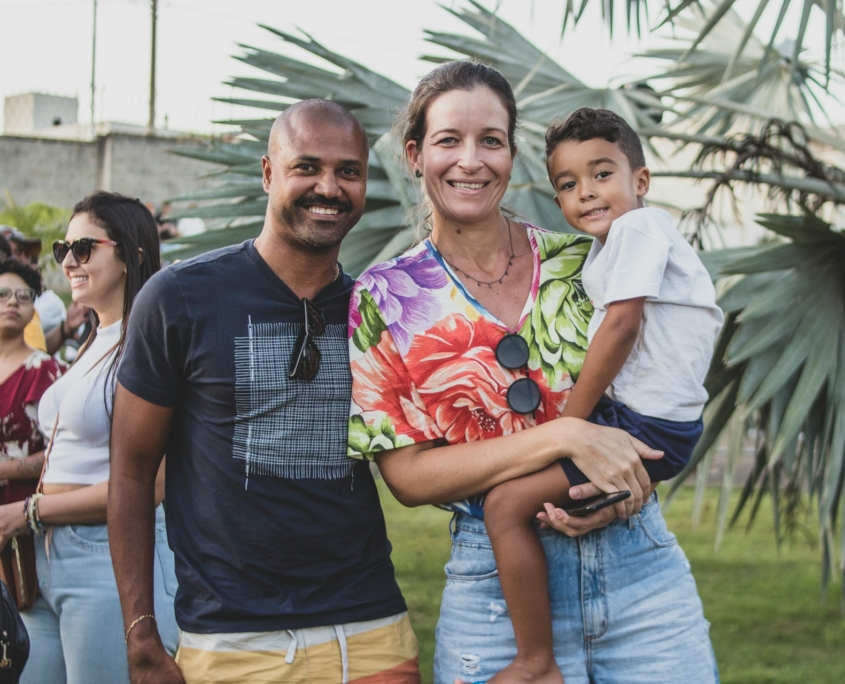 The Guardian reports that child hunger in Brazil is a critical issue. It also notes that the country loses about
The Guardian reports that child hunger in Brazil is a critical issue. It also notes that the country loses about 